
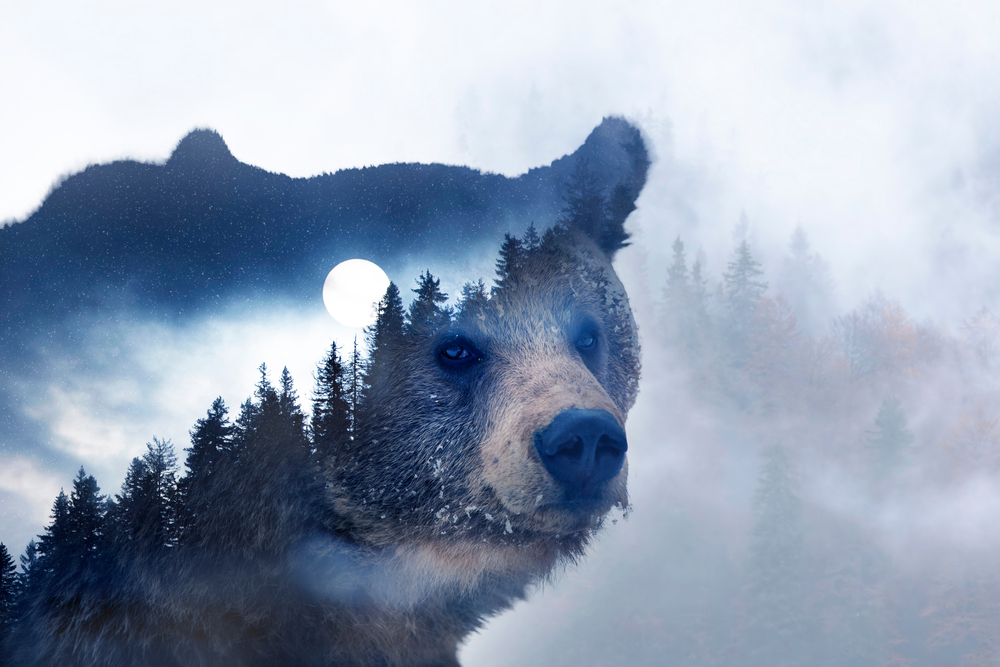
Bears are powerful animals with big personalities that match their physical size. They're intelligent, inquisitive, tolerant, empathetic, playful, social, and even altruistic. Bears are also the guardians of the forest because they protect the natural ecosystem. However, they face significant threats from human activities that endanger their survival and disrupt the ecosystems they help maintain.
According to IUCN, these bear species are facing extinction:
The only exceptions are the brown and black bears. And still, grizzly bear populations, which spread across North America, have significantly reduced over the years. They now occupy less than 2% of their former range in the lower 48 in five of six recovery zones. The American black bear is also listed as least concern, but it faces a range of threats, including trophy hunting and habitat loss.
If the threats continue at the so-called business-as-usual levels, most bear species worldwide could be completely wiped out. In fact, experts say that even if threats like greenhouse gas emissions were reduced to more moderate levels, we're still going to lose some polar bears, especially the southernmost populations, to sea-ice loss.
Bears play a critical ecological role, as shown below:
Bears are great at helping plants grow and spread. When they eat fruits and berries, they don't just enjoy a meal—they also carry seeds away in their bellies. After traveling some distance, they deposit these seeds through their droppings, planting new life in different parts of the forest. This helps a wide variety of plants to flourish and spread, which ultimately enhances forest health and diversity.
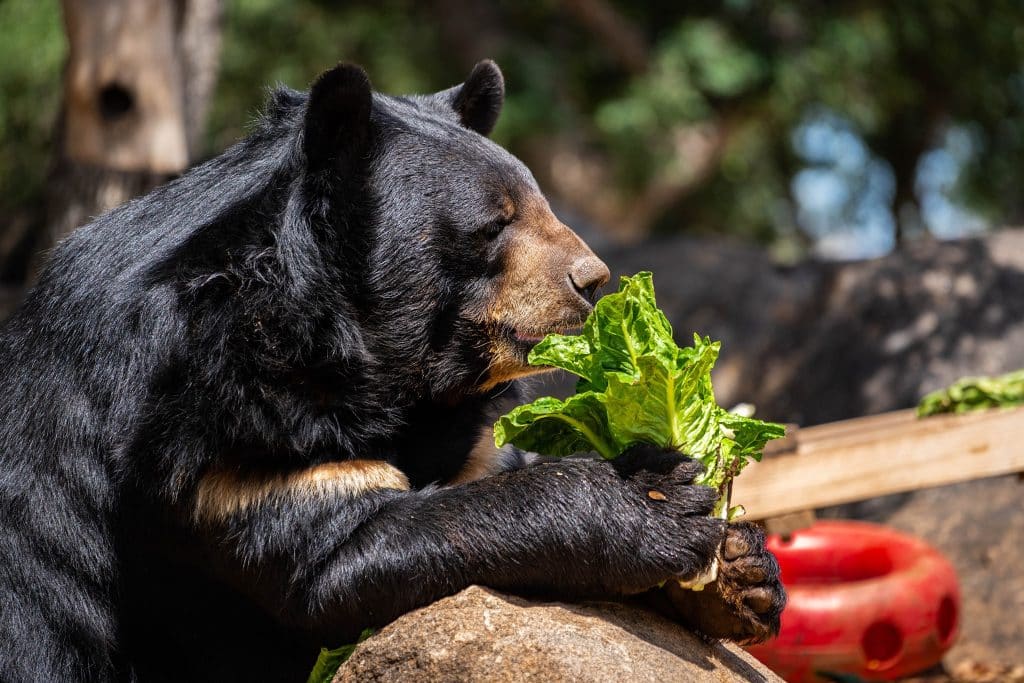
While searching for food, bears often dig in the soil, which might look messy but is good for the earth. This digging mixes up the soil, making it richer and more fertile. It allows air and water to reach deeper into the ground, helping plants to grow strong and healthy. It's like having a giant, furry gardener aerating the garden, ensuring the forest floor is full of life.
Bears play a critical role in the food chain. They keep the populations of deer and moose in check. Like other predator animals, bears invoke fear among their prey. So, their prey will always be on the move for fear of becoming the next meal, which prevents overgrazing.
On top of that, the fact that bears prey on smaller animals means that as apex predators, they help control these populations, which prevents them from becoming too large and eating too many plants. This natural predator-prey relationship helps maintain a healthy ecosystem, ensuring that no single species dominates at the expense of others.
Bears contribute to the forest's nutrient cycle. As they consume various foods, from salmon to berries, and then move through the forest, they leave droppings rich in nutrients. This helps fertilize the soil and supports other wildlife that might benefit from the leftovers in bear scat.
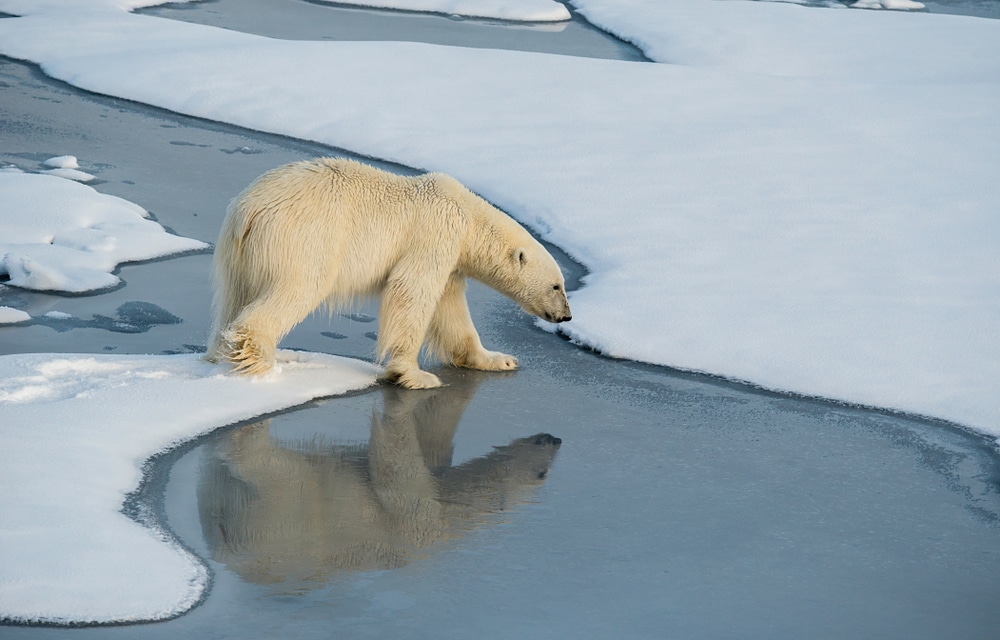
Despite their fantastic role, bears face a range of threats that are primarily driven by human activities. Did you know that some states allow unfair and extreme methods to kill black bears, including bear hounding – where people use packs of radio-collared dogs to pursue bears until they're tired and scared that they climb trees? Well, here are some of the other threats that bear face:
As the human population expands, more people encroach on bear habitats. We build homes, roads, rails, and farms, reducing or fragmenting the natural habitats that these exotic animals rely on.
As in the case of the US Rocky Mountain range, a large railway track plows through vital grizzly recovery zones. This has led to the death of tens of grizzlies by collision, including females with their cubs. The loss of space forces bears to adapt to smaller, often less ideal environments where it's harder to find food, water, and mates. It can also lead to the isolation of bear populations, which may affect their genetic diversity and the overall health of the species.
For bears like the polar bear, climate change is reshaping their icy home. As the planet warms, sea ice melts, making it harder for them to hunt their primary food source — seals. Less ice means polar bears may struggle to find enough food, which can affect their health and the ability to raise their bear cubs.
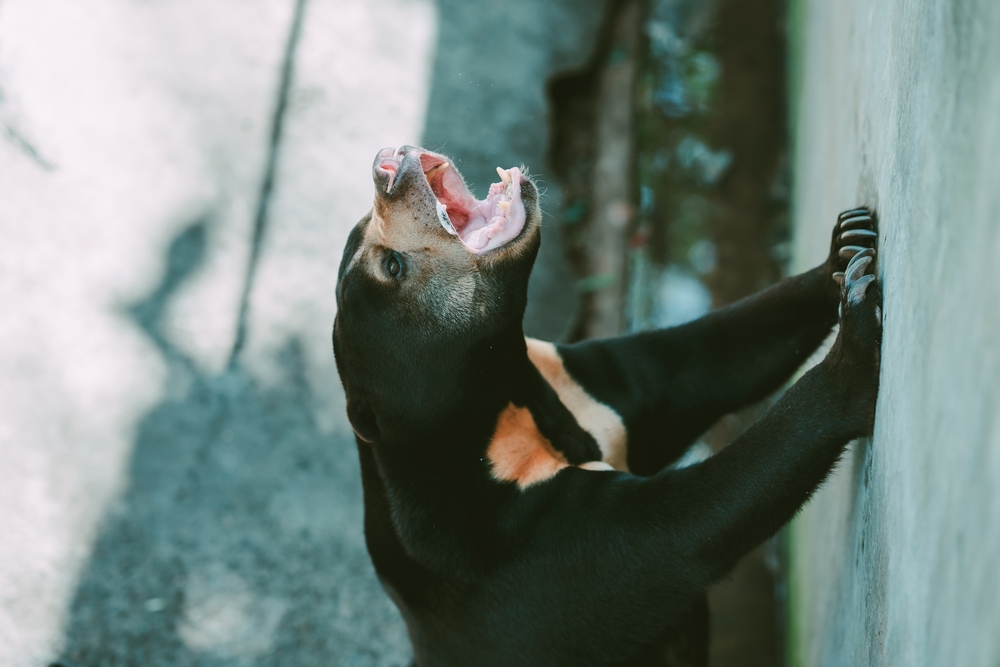
Like tigers and lions, bears are often targets for the illegal wildlife trade. They are hunted for their parts—like bile, used in some traditional medicines, or their paws, viewed as a delicacy in certain cultures. Bile farming is prevalent in Asia and is legal in countries like China. This illegal hunting continues to threaten bear populations despite laws meant to protect them.
When bears lose their natural spaces, they often come into our home ranges and backyard looking for food. Bears have a strong sense of smell and can easily find a food source like trash or livestock. This can lead to damage to properties or even pose safety risks. Unfortunately, these situations sometimes harm the bears as people try to protect their homes and animals.
It's not uncommon for bears to appear on Hollywood shows and circuses. People use them for entertainment reasons, and that's tough for them. Bears belong in nature. But you'll find them in circuses doing tricks like dancing or riding bicycles, which isn't natural or kind for them.
The worst part is that this training is usually very harsh and can hurt the bears both physically and mentally.
In the entertainment industry, wild animals like bears, tigers, and elephants are often subjected to cruel training methods to perform unnatural behaviors. Trainers may use physical punishment, deprivation, and fear to force animals into compliance. This can include the use of whips, electric prods, and various other devices that are designed to inflict pain.
The animals are frequently kept in inadequate conditions, confined to small cages, and denied proper socialization and enrichment. These conditions lead to severe psychological stress, resulting in abnormal behaviors such as pacing, self-mutilation, and depression.
Additionally, the constant transportation to different filming locations or performance venues greatly adds to their stress and discomfort. Animals are often transported in cramped, unsanitary conditions that further compromise their health and well-being.
Rocky is a prime example of this. Before he came to Lions Tigers & Bears, he was an entertainer in the film industry. Upon retirement, he ended up at a boarding facility that was too small to accommodate him. LTB rescued him and now he finally has a comfortable place to call home.
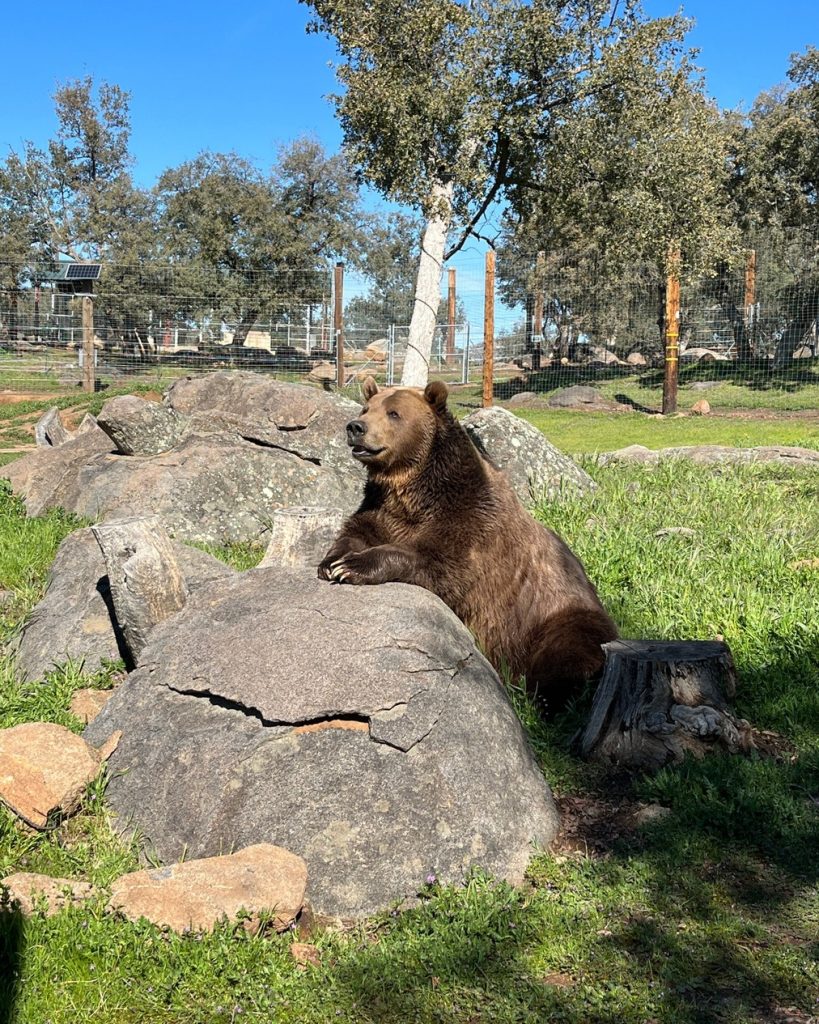
The use of animals in entertainment not only causes immense suffering but also sends a harmful message that exploiting animals for human amusement is somehow acceptable. It is essential to support alternatives that do not involve animal cruelty, such as computer-generated imagery (CGI) and animatronics, which can provide realistic and humane options for filmmakers and audiences alike.
By raising awareness and advocating for the welfare of these animals, we can help put an end to their exploitation and ensure they receive the care and respect they deserve.
There are many ongoing efforts to protect bears and ensure their survival, but there's still much work. Conservation groups, fish and wildlife services and nonprofits are working with railways to mitigate grizzly mortality. But there's a delay in the implementation of official plans to reduce the accidents.
More efforts are being made to create recovery zones, especially in essential places like the Rocky Mountains and the Great Plains. These zones are crucial for protecting bear families. People living in areas where bears are present can also help. Simple actions like securing garbage, using bear-proof containers, and keeping pet food indoors can help reduce the chances of bears entering human spaces in search of food.
Educate yourself and the community about bears' natural behavior, their importance to the ecosystem, and how to safely coexist with them. When we all understand the challenges that bears face and take proactive steps to mitigate them, we can help ensure that these majestic animals continue to thrive in their natural environments.
Support sanctuaries like Lions Tigers & Bears, which offer a lifetime safe haven for bears rescued from harmful situations. There are many ways to do so; you can visit Lions Tigers & Bears to learn more about the bears and see firsthand the vital work being done. You can also donate financially or in-kind to help Lions Tigers & Bears care for these animals and maintain their habitats.
At Lions Tigers & Bears, we encourage community involvement and welcome volunteers who want to contribute to our mission.

Ph: 619.659.8078
Fx: 619.659.8841
[email protected]
24402 Martin Way, Alpine, CA 91901